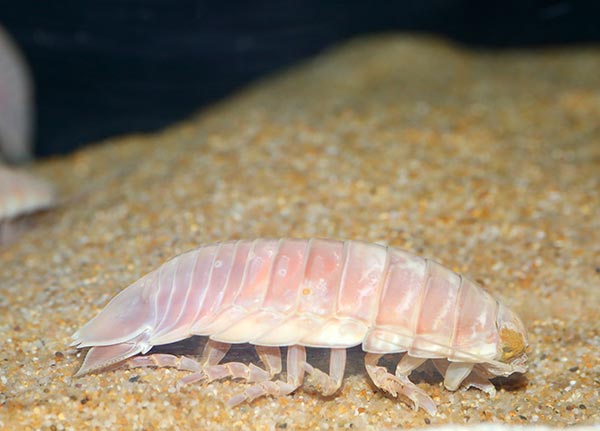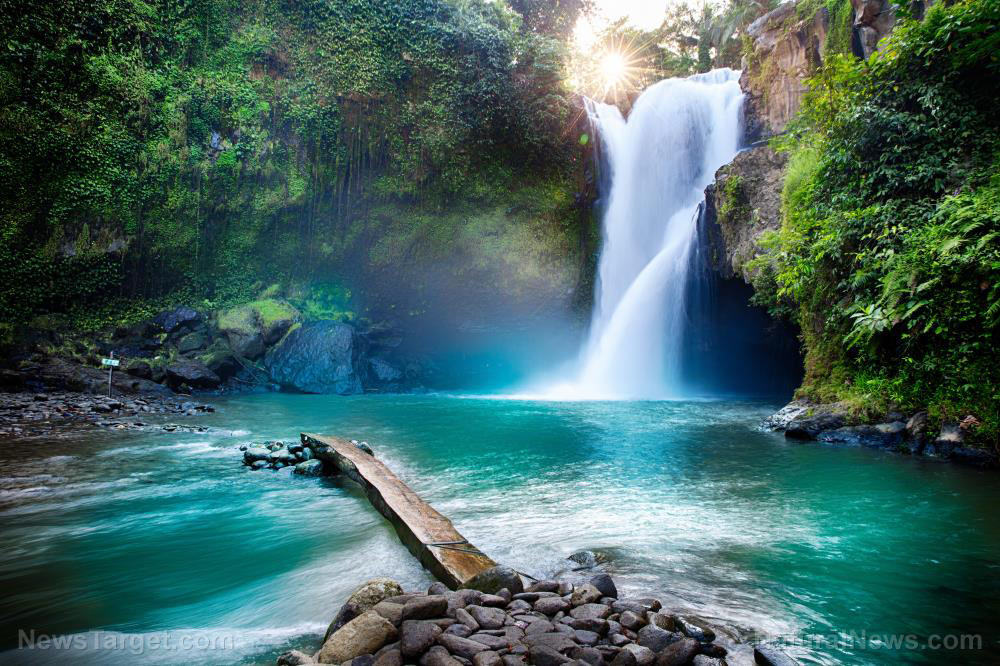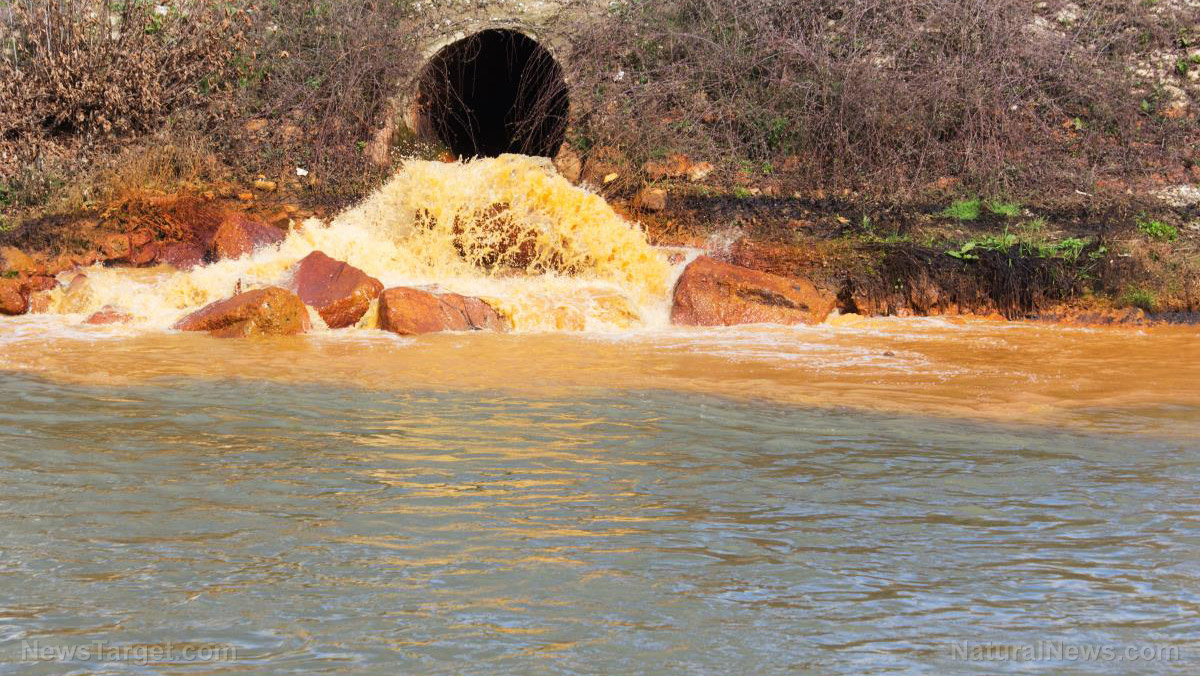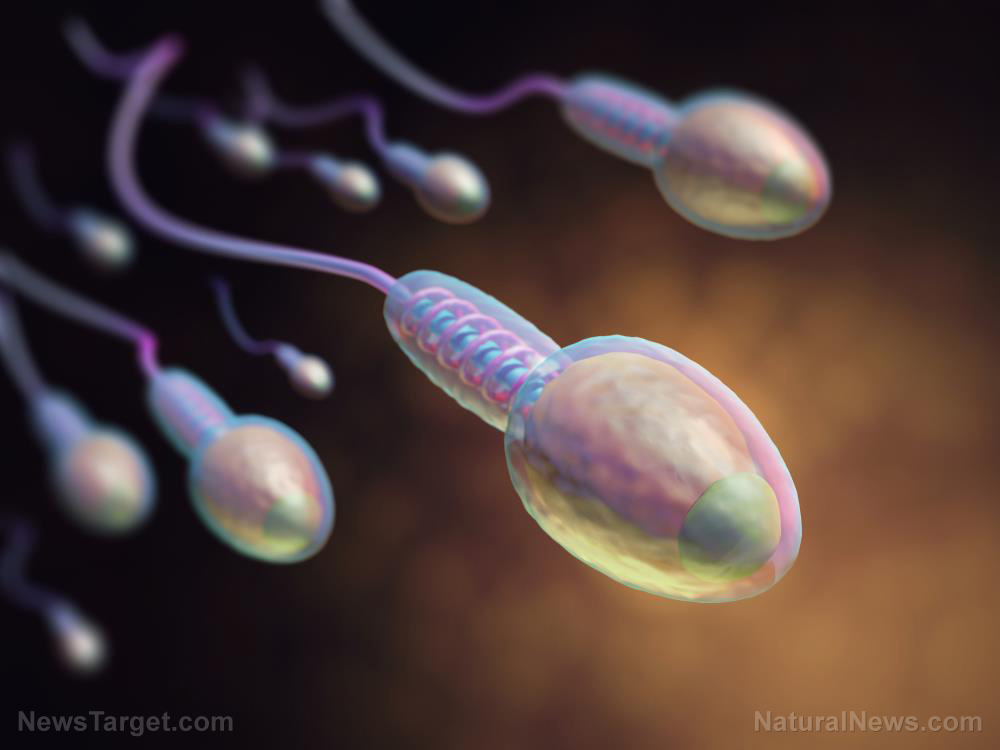Mother Nature self-corrects: Lake Tahoe returns to “crystal-blue” waters after visibility dips to all-time low
11/16/2019 / By Isabelle Z.

Famous for its sparkling blue-green waters, Lake Tahoe has long been a popular tourist site in the western U.S. The second-deepest lake in the nation, it attracts more than 2.7 million people per year to the border between California and Nevada.
However, its reputation as one of the most beautiful bodies of water in the country has taken quite a hit in recent years as visibility in the once crystal-clear lake plummeted. In 2017, a winter with an exceptionally heavy snowfall that came after years of drought created a huge sediment problem in the lake.
The lake’s clarity is measured by lowering a white disc the size of a dinner plate into the water from a research boat. Its historical clear depth of 100 feet dropped to just 59.7 feet in 2017, marking the worst reading in the 51 years since records began. That year, more sediment washed into the lake than the amount seen in the previous five years combined, alarming locals and environmentalists alike.
Scientists from the University of California, Davis, have announced that the disc was visible at a depth of 70.9 feet in 2018, an improvement of more than 10 feet over 2017’s numbers. This prompted the scientist to announce that the lake has returned to its expected seasonal patterns in clarity.
Not only is it a dramatic improvement in a short amount of time, but it also is in keeping with the five-year average of 70.3 feet, which is an improvement of nearly a foot over the previous five-year average.
Clarity can fluctuate throughout the year on account of weather conditions and the flow of area streams, which can impact algae growth and erosion that puts sediment in the water. Fall and winter typically see the best readings, while summer is often the least clear time of year. That’s why averages are used for making comparisons.
There has been a strong effort to reduce the stormwater pollution in the local area. Meadows and natural wetlands that were displaced by past development are being restored as they serve to filter water before it makes its way into the lake.
In the 1950s. a development boom saw erosion from construction, wetland losses, and fertilizer from golf courses making the waters murkier.
Lake’s fortunes turning around
In recent years, local and federal governments have invested hundreds of millions of dollars in trying to save the lake, with the slogan “Keep Tahoe Blue” appearing on the bumper stickers of supporters across the country.
UC Davis Engineering Professor and Tahoe Environmental Research Center Director Geoffrey Schladow marveled at how much the lake’s fortunes have reversed since just a year ago, when people were concerned that the lake wasn’t going to improve.
“Many of us were saying it was a really extreme year in 2017. It was a massive end to a massive drought,” he remarked.
“There was a lot of new material coming into the lake and lots of new erosion. Now the lake has returned to being even better than it was. It’s good news.”
He said a mild winter with little sediment helped restore the lake to a more normal pattern. While a wet winter may make the lake’s clarity drop this year, experts say the long-term trend remains positive.
This turnaround illustrates just how good Mother Nature can be at self-correcting when left to her own devices. Once the disruptions from human interference were offset, the lake set to work on restoring itself.
It’s a lesson that climate change alarmists who are advocating for injecting aerosol particles into the stratosphere should take heed of, and it also makes you wonder just how quickly our planet could bounce back from the damage caused by glyphosate if its use was banned. Time and time again, we are reminded of just how good nature is at keeping its own balance.
Sources for this article include:
Tagged Under: clarity, clean water, clear water, Ecology, ecosystems, environ, environment, Lake Tahoe, Mother Nature, Nevada, rainfall, sediment, self-healing, Tahoe, water
RECENT NEWS & ARTICLES
COPYRIGHT © 2017 ECOLOGY NEWS



















